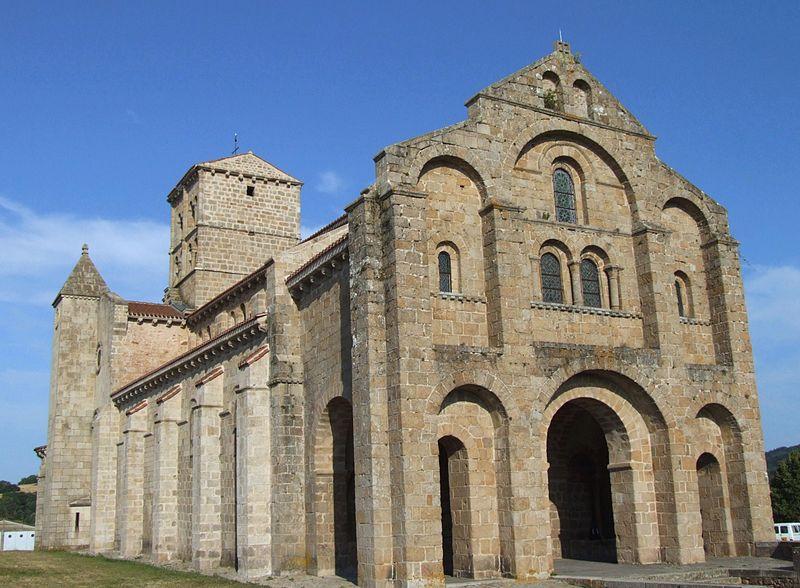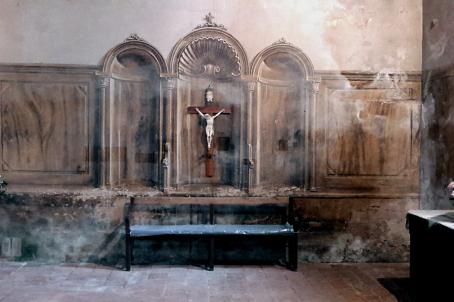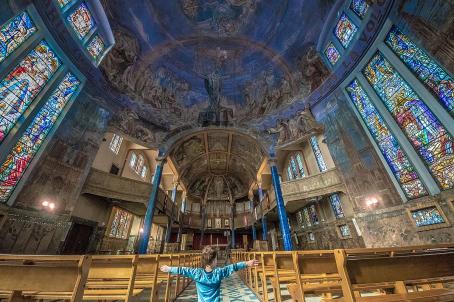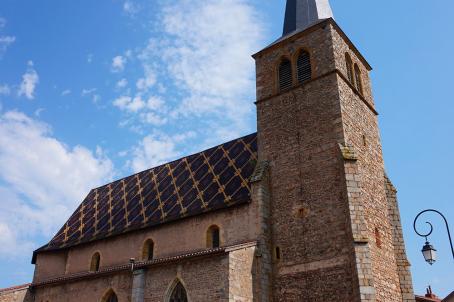Church of Notre-Dame, Châtel-Montagne

A superb example of Romanesque architecture in Auvergne, this church has a nave and narrow aisles from the beginning of the 12th century, while its ambulatory, the radiating chapels and its two-story porch date from the end of the same century. By foot, access via the "Chemin des Dames" offers an interesting view of the building, which is one of the most famous Romanesque churches in Bourbonnais.
About this building
A jewel of Romanesque architecture, the building is characterized by a certain architectural harmony. Its apse thus presents an ambulatory with radiating chapels, and its main facade is perfectly symmetrical, opposing arches and bays. A bell tower stands at the crossing of the transept, sporting two rows of successive berry sprouts.





